PART ONE
1. Tell us a little bit about your background and interests as a doctor. Where have you and where are you currently practicing?
People often ask me why I have an interest in complementary therapies. The answer is two-fold.
Firstly, I grew up on a farm with entrepreneurial parents, and my connection to nature, the environment and ecological webs has been life-long – hence an interest in reducing the use of pharmaceuticals that have a place in damaging our planet for those who come after us.
Secondly, I broke my back in a car accident when I was 17, a month before starting medical school. After 10 days in hospital and still in intolerable pain, I had to make a decision whether to go ahead with my course and career. I decided that I would grit my teeth and go with it, so beginning the journey of my life. While excited to be at medical school after years of endeavour, I realised early on that what they were teaching us – that medicine and science had all the answers – was not the whole truth. If I had just relied on painkillers and physiotherapy, I would have given up long before the end of the course. Faced with chronic pain, which ultimately took 20 years to settle down, if I was to continue and deal with the depression that inevitably goes with a chronic illness I had to approach my situation holistically – dealing with all aspects of myself, spiritual, mental, physical. To do that I had to use a multitude of approaches – journaling, poetry and other creative writing, drawing, Alexander technique, physiotherapy, acupuncture, profound lifestyle adjustment (I had to lie down during lectures, as well as at discos and parties – much to my own embarrassment and the amusement of my peers), course redirection (I took 4 years out in the middle of the course to do research – just so that my back had more time to develop the strength necessary to withstand the clinical part of the course on the wards), aromatherapy and massage, homeopathy, herbal medicine. There were things at this time that I was not aware of that could have helped, such as life coaching and an anti-inflammatory diet, but fortunately I discovered the benefits of these later.
Dr Alison Grimston MBBS BSc MPhil DRCOG MRCGP DFFP
As I qualified I knew that my passion was for gynaecological endocrinology, which was a gynaecological subspecialty, but as I could not stand for long enough to do a Wertheim’s hysterectomy I was not going to be able to train in gynaecology. Looking at the options, and the fact that I loved so many aspects of medicine, I felt that general practice offered the best alternative – a holistic approach to patients, following people throughout their lives, and with an interesting variety.
Later I was lucky enough to join my good friend, Mr T Mark Malak in gynaecological endocrinology, as part of his award winning urogynaecology team, for 10 years supporting women with incontinence and prolapse. This was fulfilling, and I love working as part of a team, empowering and supporting others. This was parallel with my general practice.
However, I found the stress of working as a full time GP with two young children taking its toll. Ten years ago, at the age of 38, I was so stressed I had to take 6 weeks off. I was virtually burnt out, lost my love of the job, disempowered and stressed. I know now that this is a common feature of this period of time in the 10 years leading to menopause, when we have high expectations of ourselves, trying to be perfect in all our life roles, and the combination of toxins, stress, professional expectations and sex hormone derangement can make life very difficult.
In the 10 years following this I healed myself through lifestyle adjustment and work life balance (which, by the way, is not a static state), recognising my need for a deeper journey into holistic health. I trained as an animal healer (always passionate about animals, they always gave me so much, I wished to give something back), human healing (with The Healing Trust), acupuncture (with the British Medical Acupuncture Society), nutrition, life and health coaching, some training in shamanic healing, use of crystals in healing, and functional medicine (with the Institute for Nutritional Endocrinology). I continue to expand my knowledge on a daily basis and am grateful for the additional training given by companies in the natural health sector.
I finally plucked up the courage to leave the general practice that I was a partner in at the end of June this year; this had been my business for 17 years but over the last year my partners there had become increasingly closed to my recommendations to select patients who wanted to be more pro-active about their health.
I now work from The Hove Clinic in Sussex, with ad hoc rooms in London, and am in the process of creating online coaching and training programs in menopause, thyroid, adrenal stress and insulin resistance/ sugar addiction, to help individuals to understand their hormones and health, bringing together my whole holistic approach. I am also working as an NHS locum part time. I am excited for the future of health if led by inspired and empowered individuals.
2. How widespread are hormone imbalances in society – in both women and men – and what symptoms and conditions manifest if these imbalances are not corrected?
Very widespread in our society. However, measures of incidence and prevalence will vary depending on the diagnostic criteria used.
For example – menopause symptoms affect around 80% of women going through the perimenopause; most do not seek help, and for many these symptoms last for up to 10 years – or even longer. Often symptoms are not recognised as related to menopause, especially if women are younger or older, and the low mood, anxiety, depression, lack of focus, and overwhelm are often treated with antidepressants – or not at all. Women with premature ovarian insufficiency, who are aged under 40 when they go through menopause, often seek no help – even though it is now recognised as essential that they have some form of hormone therapy to improve their longevity, prognosis and long term quality of life. I have not even started on other syndromes of sex hormone imbalance, such as premenstrual tension, infertility, and in men, hypogonadism with loss of strength and muscle mass with lethargy.
Let us turn to thyroid imbalance. Underactive thyroid is considered to affect approximately 4.3% of adults (“biochemical hypothyroidism” – where the NHS screening blood tests are markedly abnormal), and “clinically evident” hypothyroidism affects 0.3% of adults.
Stress is a major health concern in today’s world. While many of us feel that our health is being impacted by stress, few of us take action about it. In the NHS, the adrenal hormones are only tests when there is a suspicion of Addison’s disease or Cushing’s disease, rare, extreme imbalances necessitating specialist endocrinology referral. However, testing at a functional level can detect abnormalities at a stage of ‘adrenal fatigue’ where burnout and chronic fatigue syndrome can be prevented. By definition, if we are using more sensitive testing, we will diagnose more people with a problem that can be helped. Some researchers have proposed a prevalence as high as 10% of the population to have ‘adrenal fatigue’.
Finally, insulin resistance, a pre-diabetes condition, describes imbalance of the glucose processing in the body. This is the one type of hormone receptor resistance that is recognised in the NHS, and there is a move and focus on detecting ad reversing this in general practice. Insulin resistance is related to obesity levels and so has been increasing throughout the Western world at alarming rates. Various sources indicate that its prevalence is between 3.1 and 44%, depending on the definition used for diagnosis.
Symptoms experienced can overlap markedly – for example, both adrenal fatigue and hypothyroidism can be associated with lethargy, reduced libido and lack of focus and ‘get up and go’.
Generally underactive thyroid is associated with weight gain, cold intolerance, tiredness, dry hair and brittle nails, depression, constipation, poor memory, difficulty concentrating and other signs of mental slowing down, decreased appetite with weight gain, deep hoarse voice, reduced sex drive, poor hearing with fluid in the middle ear, and heavy, irregular or absent periods.
Menopause symptoms include menstrual irregularity, which can vary to heavier more frequent and prolonged periods to lighter, scant and less frequent periods, and eventually to the periods stopping. ‘Vasomotor’(affecting the blood vessels) symptoms include hot flushes and sweats, with several changes of sheets and nightwear often needed and embarrassing hot flushes during important meetings and presentations often affecting women’s professional confidence. Urinary and vaginal symptoms include incontinence, recurrent urine infections, urinary frequency and getting up more at night, dryness in the genital area and, very commonly but under-reported, painful intercourse. Lack of sex drive is also common. Urinary symptoms caused by menopause may not develop until 5-10 years later. Insomnia is also common, as are mood changes, anxiety, irritability, mood swings, depression, and nervousness with a loss of self-confidence. In addition, thinning of the hair and more brittle nails, as well as generalised aches and pains are common.
Insulin resistance may present with food cravings, obesity, inability to lose weight despite eating and exercising well, and can lead to diabetes or metabolic syndrome (pre-diabetes) with increased risks of heart disease, and polycystic ovarian syndrome.
As you can see, there is a profound interaction between the hormone groups and these syndromes.
3. How much scope is there for UK National Health Service GPs to correct hormonal imbalances?
In my experience as an NHS GP with this knowledge, there is a difficulty in GPs being able to address hormone imbalances. The main contributing factor to this is lack of time, with 10 minutes per patient, increased pressure on that time, with so many targets to aim for within the time available, lack of knowledge with lack of time to update on everything that we cover in general practice, restrictions on testing available (even I cannot request free T3 on the NHS despite my level of knowledge), restrictions on treatment with budgets necessarily affecting decision making, and last but not least, physician burnout, about which I am passionate.
The new National Institute for Health and Care Excellence (NICE) guidance on menopause, released in November 2015, and the new NICE guidance on Diabetes released in December 2015, will help, but I can tell you that busy GPs cannot possibly hope to remain appraised of all relevant NICE guidance. In addition, NICE guidance is relatively restrictive, aiming at giving the most cost-effective ways to treat patients in the NHS environment. Many NHS patients are not motivated to take pro-active steps about their own health, and many GPs interpret the NICE guidance as the be-all and end-all of their job, neglecting the role of intuition and experience in health care. GPs are managing a publicly funded service that by necessity cannot offer the depth of service that a private service can offer. That being said, I am daily amazed and grateful for the service the NHS provides, and make a point of pointing out to all my NHS and private patients the benefits they get from this. It only takes a week of working privately and requesting private laboratory investigations to realise this…
So GPs do an amazing job within the restrictions they have, and we should be grateful for their dedication. It is just difficult for NHS-trained doctors who have been trained that this is the ‘only’ way to accept that any alternative (or complementary) approach is appropriate or even OK to choose.
Mexican yams are used to make some bioidentical hormones
4. What are the main differences, in terms of both their safety and efficacy, of synthetic or animal-derived hormones that are licensed as medicines as compared with ‘bio-identical hormones’?
At the moment there are insufficient studies on Bioidentical Hormone Replacement Therapy (BHRT) — as neither pharmaceutical companies nor governments are prepared to fund such research — to be able to comment definitively on this.
Going back to basic science, if you compare the chemical structure of progesterone with testosterone you will see that there is very little difference, yet there is a greater difference between the progesterone molecule and the artificial progestogens - such as Norethisterone – that are used in synthetic Hormone Replacement Therapy (HRT) and hormonal contraception. Yet the pharmaceutical industry expects the progestogens to have the same effects as progesterone. There are recorded differences in their side effects and efficacy. For example, there is some evidence that: natural progesterone protects against endometrial cancer, protects against breast cancer, normalises libido, improves hirsutism and improves scalp hair regrowth, improves lipid profile, improves success rate with in vitro fertilisation, improves new bone formation, and improves sleep patterns. There is some evidence that artificial progestogens/ progestins cause the influx of sodium and water into cells, loss of minerals and electrolytes from cells, increase in intracellular oedema, depression, increase risks of birth defects, causes more body hair and thinner scalp hair, increased thromboembolism risk, decreased glucose tolerance and can increase jaundice, skin rashes and acne. I often find that patients on HRT suffer from worsening PMT while on the artificial hormones, with increased breast tenderness and bloating, problems that do not seem to occur so much with BHRT.
In terms of synthesis, it is worth reinforcing the understanding that both BHRT and synthetic pharmaceutical hormone therapy (which could be called hormone mimics) are created in the laboratory from diosgenin, a chemical derived from soy beans and yam. Some of us refer to the BHRT as ‘natural’ not to imply that it is direct unchanged from the plant, but to reflect that it is the same chemical structure as our own natural endogenous hormones.
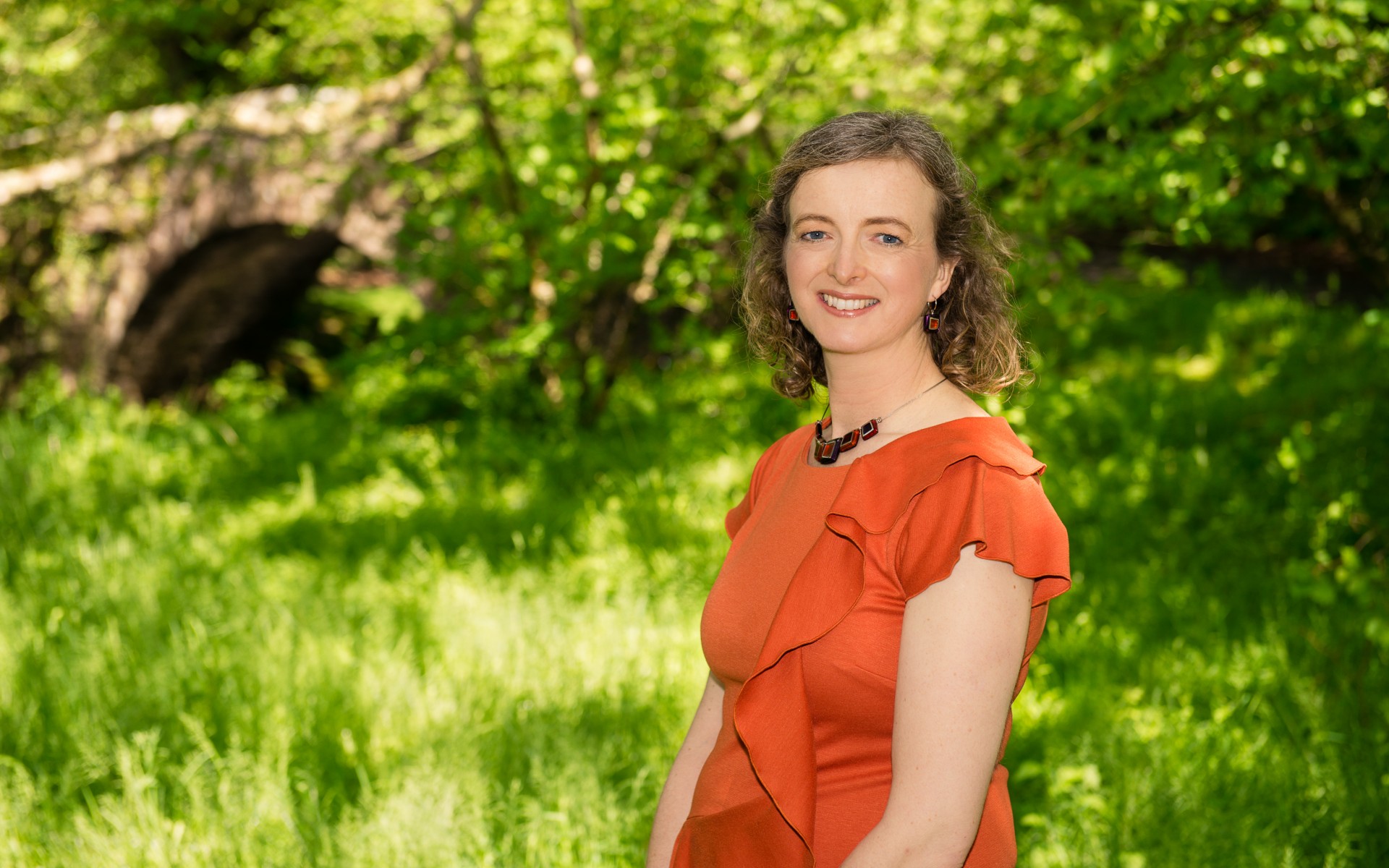
With thanks to Dr Alison Grimston MBBS BSc MPhil DRCOG MRCGP DFFP
ANH-Intl Homepage




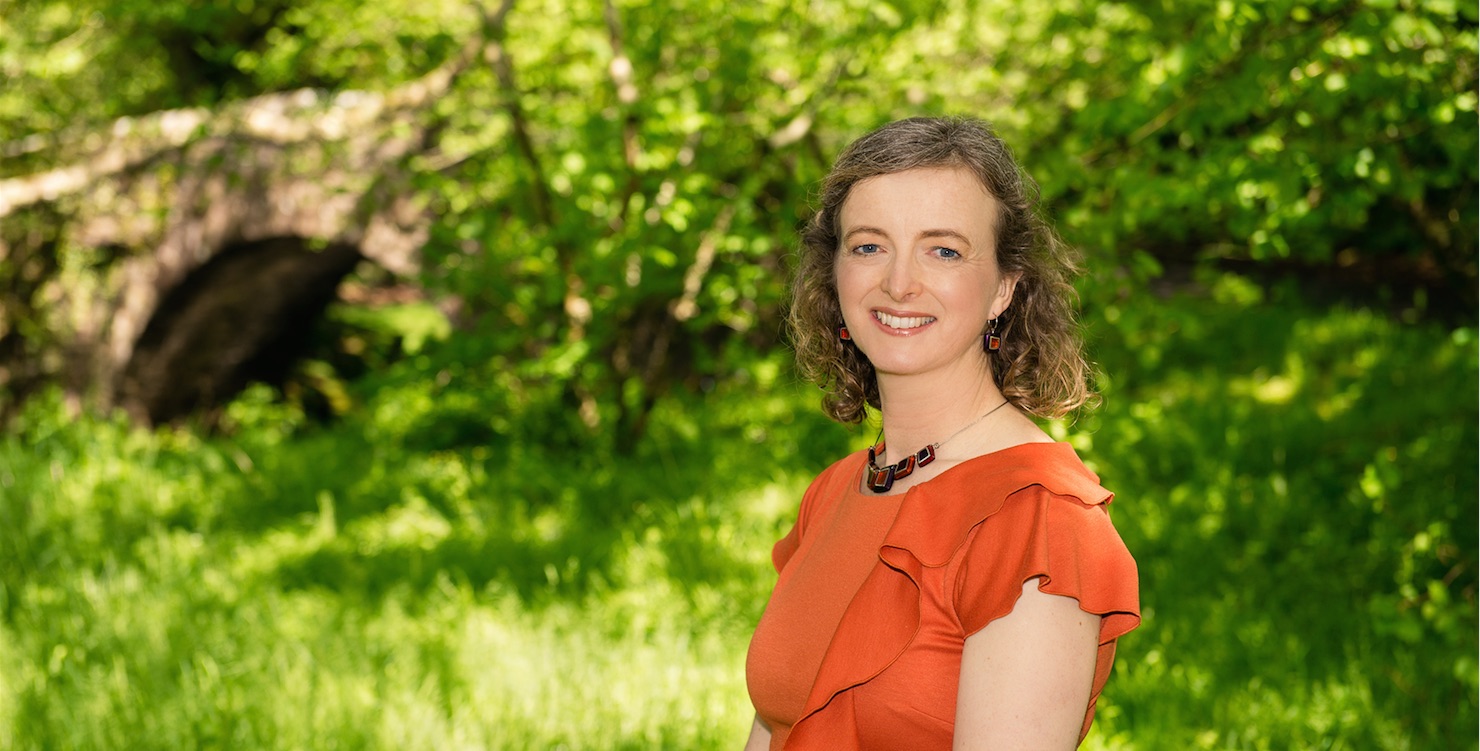
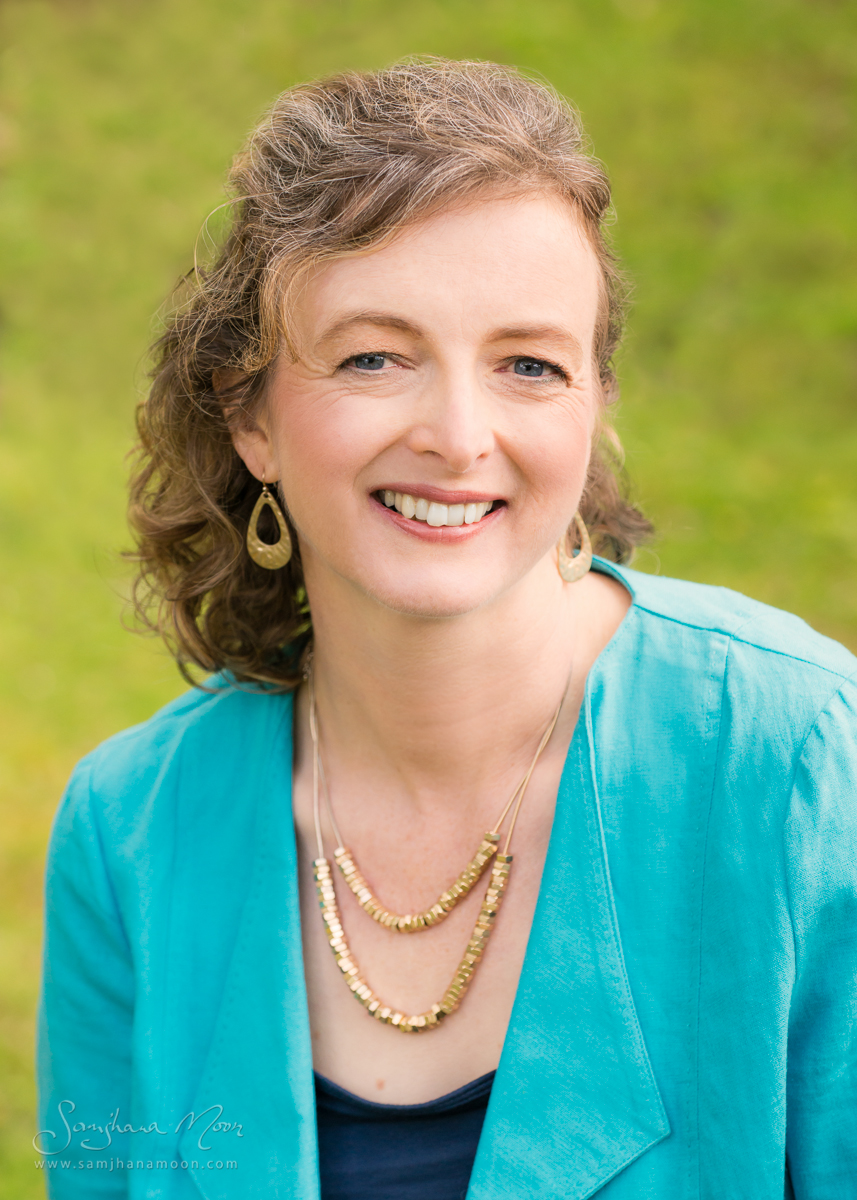
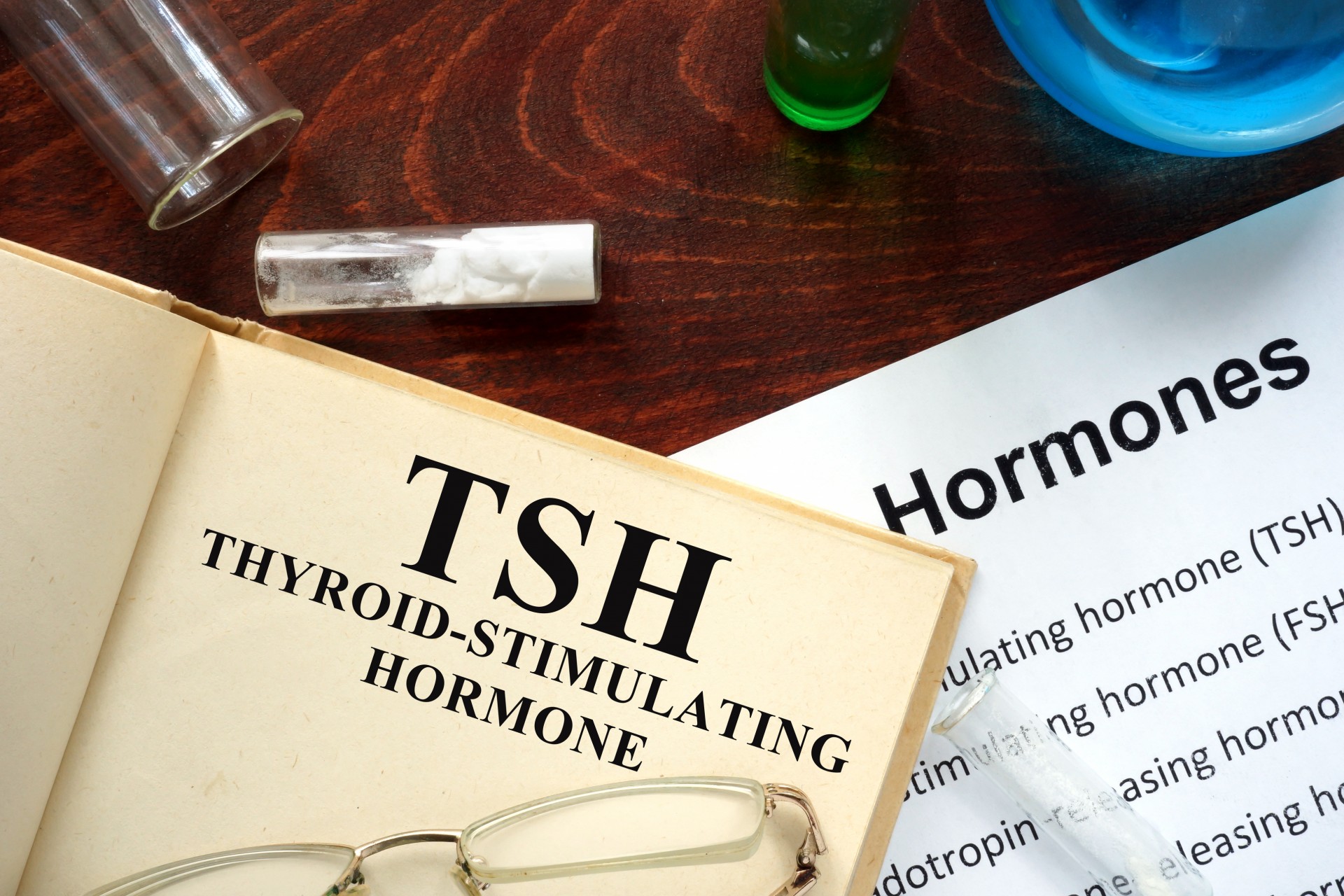
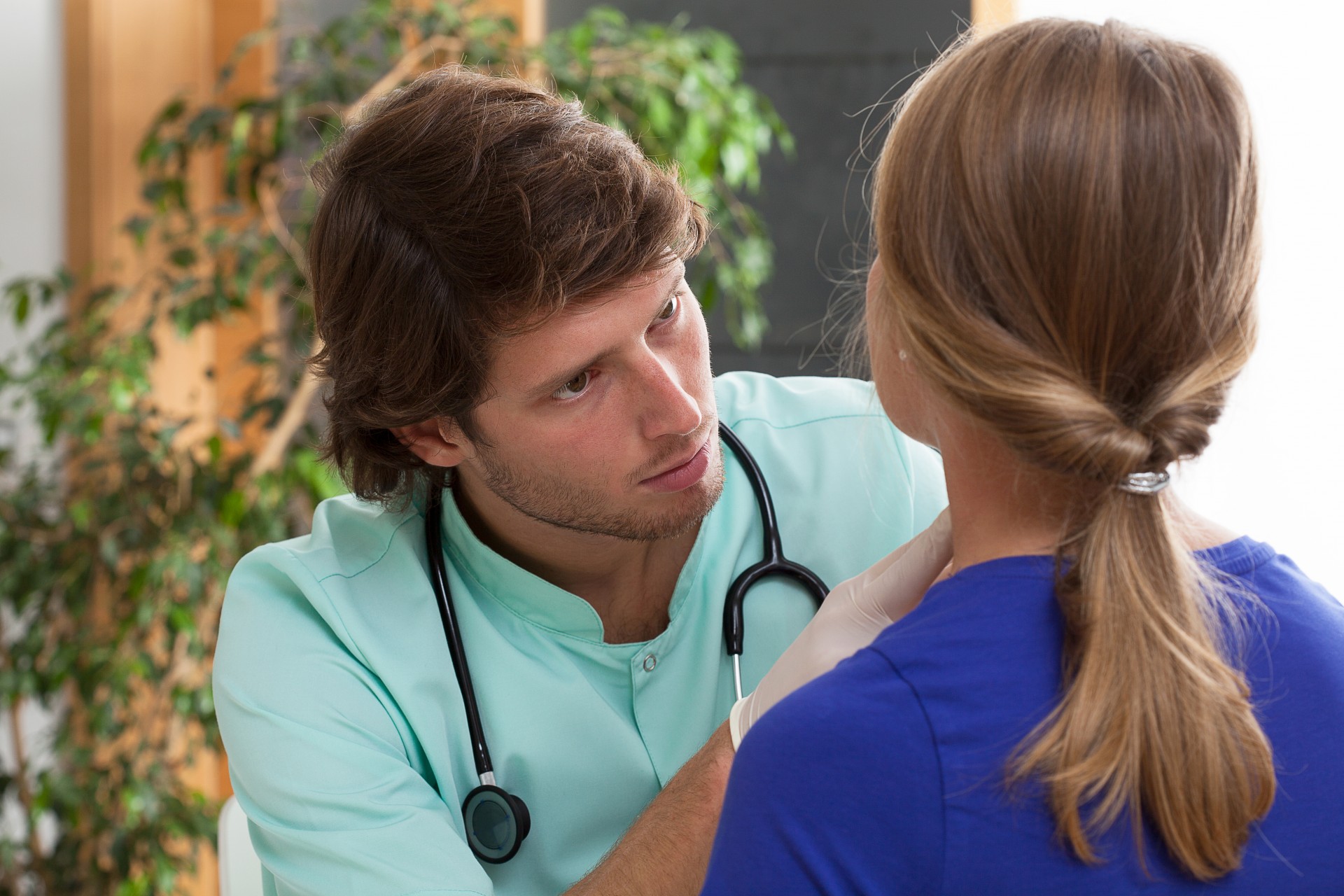




Comments
your voice counts
17 August 2016 at 6:49 pm
Very interesting and positive. Good to know there is an alternative medical practitioner in the South East.
I use anthroposophical medicines when I can through my Doctors in Bristol.
I shall definitely flag this page.
Many thanks.
18 August 2016 at 11:26 am
Thanks for your kind comment, Susan!
Your voice counts
We welcome your comments and are very interested in your point of view, but we ask that you keep them relevant to the article, that they be civil and without commercial links. All comments are moderated prior to being published. We reserve the right to edit or not publish comments that we consider abusive or offensive.
There is extra content here from a third party provider. You will be unable to see this content unless you agree to allow Content Cookies. Cookie Preferences